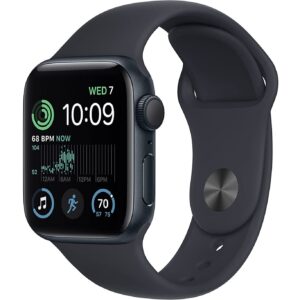The answer to that question really depends on what will provide the greatest peace of mind. Fall detection and an SOS button are great base considerations. The option to easily call or be called from the wearable is also worth considering. Where applicable, a large screen is a great inclusion but, generally, a wearable that’s easy to use is recommended.
Battery life is also a key consideration. Smartwatches may have additional health-monitoring functionality, but they may need to be recharged daily. Other wearable senior monitors can recharge in under an hour and provide days of battery life.
GPS and/or geofencing are also nice-to-have features. A wearable that includes GPS functionality can let the user notify others of their location. Geofencing allows a wearable senior monitor to notify preset contacts when it detects a person has moved outside of a defined area.
For wearable senior monitors that use a mobile network for full functionality, you should consider the network coverage of your area. The Telstra network is the largest, the Telstra wholesale network is the second largest, while Optus and Vodafone rank behind those. You can save money by opting for a Vodafone or Optus plan, but check that the coverage is available in your area.
Since most monitors only require calls, texts, and a small amount of data (if any), you can pair them with cheap SIM-only plans. The list below displays low-cost prepaid plans across the different mobile networks in Australia.
